Affordable Stem Cell Therapy for Osteoarthritis in India
.png)
Osteoarthritis is a debilitating condition that affects millions worldwide, causing pain, stiffness, and reduced mobility. As traditional treatments often provide only symptomatic relief, many patients are exploring regenerative medicine, particularly stem cell therapy. India has emerged as a popular destination for medical tourism, offering advanced healthcare at a more affordable cost. This blog post aims to shed light on the cost of stem cell therapy for osteoarthritis in India, addressing common questions and providing detailed explanations to help you make informed decisions.
India's growing prominence in the field of regenerative medicine, combined with its highly skilled medical professionals and state-of-the-art facilities, makes it an attractive option for individuals seeking stem cell treatment for osteoarthritis. While the cost can vary significantly, understanding the factors that influence it is crucial for prospective patients.
What is the average cost of stem cell therapy for osteoarthritis in India?
"The average cost of stem cell therapy for osteoarthritis in India typically ranges from $3,000 to $8,000 USD per session, but this can vary significantly based on the type of stem cells used, the number of sessions required, and the specific clinic or hospital."
Detailed Explanation: India offers highly competitive pricing for stem cell therapy compared to Western countries like the USA, UK, or Europe, where the same procedure can cost upwards of $10,000 to $25,000 or even more per session. This affordability is a significant draw for many international patients seeking treatment for osteoarthritis. The quoted range represents a general estimate, and the actual price for your specific case will depend on several individualized factors. It's important to understand that this cost usually covers the procedure itself, including the extraction, processing, and injection of stem cells, but may not always include pre-treatment consultations, diagnostic tests, or post-treatment rehabilitation.
What factors influence the cost of stem cell therapy for osteoarthritis in India?
"Several factors influence the cost of stem cell therapy for osteoarthritis in India, including the type of stem cells used (autologous vs. allogeneic), the severity of the osteoarthritis, the number of treatment sessions, the reputation and location of the clinic/hospital, the expertise of the medical team, and additional services like rehabilitation."
Detailed Explanation: The personalized nature of stem cell therapy means that a one-size-fits-all price is rarely applicable.
- Type of Stem Cells: Autologous stem cell therapy, where cells are harvested from the patient's own body (e.g., bone marrow, adipose tissue), tends to be less expensive than allogeneic stem cell therapy, which involves cells from a donor. The complexity of sourcing and processing allogeneic cells often contributes to a higher price.
- Severity of Osteoarthritis: Patients with more advanced osteoarthritis may require a higher number of cells or more extensive treatment protocols, leading to increased costs.
- Number of Treatment Sessions: Some patients may achieve desired results with a single session, while others might need multiple injections over a period, directly impacting the total treatment cost.
- Clinic/Hospital Reputation and Location: Renowned hospitals and specialized regenerative medicine clinics, especially in major cities like Delhi, Mumbai, or Chennai, might have higher overheads, which can be reflected in their pricing.
- Expertise of the Medical Team: Highly experienced doctors and specialists with a strong track record in stem cell research and application may charge more for their services.
- Additional Services: The overall package might include pre-procedure evaluations (blood tests, imaging), post-procedure physiotherapy, medications, and follow-up consultations. These additional services can add to the comprehensive cost of stem cell therapy.
Is stem cell therapy for osteoarthritis covered by insurance in India?
"Generally, stem cell therapy for osteoarthritis is not widely covered by health insurance in India, as it is often considered an experimental or investigational treatment rather than a standard, approved medical procedure by many insurance providers."
Detailed Explanation: While stem cell therapy shows great promise and is gaining traction, its classification as an "experimental" treatment by many insurance companies means that patients typically have to bear the costs out-of-pocket. It's crucial for prospective patients to clarify this with their insurance provider before undergoing treatment. Some specialized policies or international health insurance plans might offer partial coverage, but this is rare for osteoarthritis stem cell therapy. Patients should be prepared for this financial aspect when considering stem cell treatment in India.
What types of stem cells are used for osteoarthritis treatment in India?
"In India, the most commonly used stem cells for osteoarthritis treatment are Mesenchymal Stem Cells (MSCs), primarily derived from sources such as bone marrow aspirate concentrate (BMAC) and adipose (fat) tissue."
Detailed Explanation: Mesenchymal Stem Cells (MSCs) are favored due to their ability to differentiate into various cell types, including cartilage, bone, and fat cells, making them highly suitable for tissue repair and regeneration in osteoarthritis.
- Bone Marrow Aspirate Concentrate (BMAC): This involves extracting bone marrow, usually from the hip bone, and concentrating the stem cells before injecting them into the affected joint. It's a well-established method, rich in MSCs and growth factors.
- Adipose-Derived Stem Cells (ADSCs): These are extracted from a patient's fat tissue, often via a mini-liposuction procedure. Adipose tissue is an abundant source of MSCs and is generally easier to harvest than bone marrow. Some clinics may also use umbilical cord-derived MSCs, which are allogeneic stem cells (from a donor) and are often considered highly potent due to their "younger" state. The choice of stem cell source can influence the efficacy and cost of the treatment.
How effective is stem cell therapy for osteoarthritis?
"While stem cell therapy for osteoarthritis is still considered experimental, many patients report significant improvements in pain reduction, increased mobility, and slowed progression of joint degeneration."
Detailed Explanation: Stem cell therapy works by leveraging the regenerative and anti-inflammatory properties of stem cells. When injected into an osteoarthritic joint, these cells are believed to:
- Differentiate into Chondrocytes: They can potentially transform into new cartilage cells, helping to repair damaged cartilage.
- Reduce Inflammation: Stem cells release anti-inflammatory cytokines, which can alleviate joint swelling and pain.
- Promote Tissue Healing: They release growth factors that stimulate the body's natural healing processes.
- Modulate the Immune Response: They can regulate the immune system, preventing further degradation of joint tissue.
It's important to note that individual results can vary, and the therapy is most effective in early to moderate stages of osteoarthritis. Research is ongoing to further solidify the long-term efficacy and standardization of protocols.
What are the risks and side effects of stem cell therapy for osteoarthritis?
"The risks associated with stem cell therapy for osteoarthritis are generally low, especially with autologous procedures, but can include mild pain or swelling at the injection site, infection, or, rarely, adverse reactions related to the harvesting procedure."
Detailed Explanation: As with any medical procedure, there are potential risks, though they are usually minimal.
- Injection Site Reactions: Patients may experience temporary pain, bruising, or swelling at the site where the stem cells are injected or harvested.
- Infection: While rare, there is a small risk of infection at the injection or extraction site. Clinics in India typically adhere to strict sterile protocols to minimize this risk.
- Allergic Reaction: In allogeneic stem cell therapy, there's a slight chance of an immune reaction, although MSCs are generally considered immunoprivileged.
- Procedure-Related Risks: Risks related to the harvesting of stem cells (e.g., bone marrow aspiration or liposuction) can include discomfort, bleeding, or nerve irritation, though these are typically minor and transient. It is crucial to choose a reputable clinic with experienced professionals to ensure the highest safety standards are met.
How long does the stem cell therapy procedure take in India?
"The stem cell therapy procedure for osteoarthritis in India typically involves an outpatient visit for cell harvesting and injection, often taking a few hours to a full day, with a recommended stay of a few days for initial observation and follow-up."
Detailed Explanation: The overall timeline can be divided into a few phases:
- Consultation and Diagnostics: This usually involves an initial assessment, imaging tests (X-rays, MRI), and blood work to determine eligibility and tailor the treatment plan. This can take a day or two.
- Cell Harvesting: Depending on the source (bone marrow or adipose tissue), this procedure usually takes 30 minutes to 2 hours.
- Cell Processing: The harvested cells are processed in a lab to concentrate the stem cells. This can take several hours.
- Injection: The concentrated stem cells are then injected into the affected joint, which is a quick procedure, often taking less than an hour. While the active procedure time is relatively short, patients are often advised to stay in India for a few days to a week for initial recovery and follow-up consultations to monitor their progress.
How soon can one expect results after stem cell therapy for osteoarthritis?
"Patients undergoing stem cell therapy for osteoarthritis may begin to notice improvements in pain and function within a few weeks to a few months after the treatment, with optimal results typically seen over 3 to 6 months."
Detailed Explanation: The regenerative process initiated by stem cell therapy takes time. It's not an immediate cure, but rather a gradual healing and repair process.
- Initial Phase (Weeks 1-4): Some patients may experience a slight increase in discomfort or stiffness initially due to the injection, followed by a gradual reduction in inflammation.
- Intermediate Phase (Months 1-3): Pain relief becomes more noticeable, and patients may experience improved joint flexibility and reduced stiffness.
- Longer Term (Months 3-6 and beyond): The full regenerative effects become more apparent, with continued improvement in joint function and overall quality of life. The longevity of results can vary, with some patients experiencing benefits for one to several years.
What should I consider when choosing a clinic for stem cell therapy in India?
"When choosing a clinic for stem cell therapy for osteoarthritis in India, consider factors such as accreditation, the medical team's experience and qualifications, the specific types of stem cells offered, the transparency of pricing, patient testimonials, and the availability of comprehensive aftercare."
Detailed Explanation: Selecting the right clinic is paramount for a safe and effective outcome.
- Accreditation and Regulatory Compliance: Ensure the clinic is accredited by national or international bodies and adheres to ethical guidelines for stem cell research and application.
- Medical Team's Expertise: Look for doctors with specialized training and extensive experience in orthopedic conditions and regenerative medicine, particularly stem cell therapy.
- Type of Stem Cells: Inquire about the source of stem cells they use (autologous, allogeneic, etc.) and why they recommend a particular type for your condition.
- Transparent Pricing: A reputable clinic will provide a clear breakdown of all costs involved, avoiding hidden fees.
- Patient Testimonials and Success Rates: While not a guarantee, reviewing other patients' experiences can offer insights into the clinic's quality of care.
- Aftercare and Follow-up: Understand the post-treatment care plan, including physical therapy recommendations and follow-up appointments, which are crucial for optimal recovery.
Is stem cell therapy a permanent cure for osteoarthritis?
"Stem cell therapy for osteoarthritis is not considered a permanent cure but rather a regenerative treatment that can significantly slow disease progression, reduce symptoms, and improve joint function for an extended period."
Detailed Explanation: While stem cell therapy aims to repair and regenerate damaged tissues, osteoarthritis is a complex, progressive condition. The treatment can offer substantial relief and enhance the quality of life by mitigating pain and improving mobility, effectively turning back the clock on some of the joint damage. However, it does not eliminate the underlying factors that contribute to the development of osteoarthritis, such as genetics, lifestyle, or previous injuries. Regular follow-ups and adopting a healthy lifestyle are important to maintain the benefits of the therapy.
How does stem cell therapy compare to traditional osteoarthritis treatments?
"Compared to traditional osteoarthritis treatments like pain medication, physical therapy, or surgery (e.g., joint replacement), stem cell therapy offers a minimally invasive approach focused on natural tissue regeneration and disease modification, rather than just symptom management or surgical intervention."
Detailed Explanation:
- Pain Medication: Provides temporary pain relief but doesn't address the underlying joint damage or promote healing.
- Physical Therapy: Strengthens muscles around the joint and improves flexibility, but cannot regenerate lost cartilage.
- Corticosteroid Injections: Can reduce inflammation and pain for a period but may also have detrimental effects on cartilage with repeated use.
- Hyaluronic Acid Injections: Lubricate the joint but don't repair tissue.
- Surgery (e.g., Joint Replacement): A major invasive procedure with significant recovery time and potential complications, usually reserved for severe cases.
Stem cell therapy, in contrast, seeks to harness the body's own healing mechanisms to potentially repair damaged cartilage, reduce inflammation, and slow the progression of the disease, offering a more biological and less invasive alternative, particularly for patients who wish to delay or avoid surgery.
What is the recovery process like after stem cell therapy for osteoarthritis?
"The recovery process after stem cell therapy for osteoarthritis is generally swift, involving minimal downtime with most patients resuming light activities within a few days, followed by a gradual return to normal activities and potentially physical therapy over several weeks."
Detailed Explanation:
- Immediate Post-Procedure: Patients are usually monitored for a short period. Mild soreness or swelling at the injection site is common and can be managed with over-the-counter pain relievers.
- First Few Days: Rest and avoiding strenuous activities are recommended. Applying ice packs can help reduce any swelling.
- Weeks 1-2: Light activities and gentle range-of-motion exercises may be encouraged.
- Weeks 3 onwards: Gradual progression to more active movements and potentially a tailored physical therapy program to strengthen the joint and improve function. The overall recovery depends on the individual's response to the therapy and the severity of their osteoarthritis.
Are there any specific eligibility criteria for stem cell therapy for osteoarthritis in India?
"Eligibility for stem cell therapy for osteoarthritis in India is determined by a comprehensive medical evaluation, but generally, ideal candidates are those with mild to moderate osteoarthritis who have not responded well to conventional treatments and are in good overall health."
Detailed Explanation: Clinics assess several factors to determine suitability for stem cell therapy:
- Diagnosis of Osteoarthritis: Confirmed diagnosis of osteoarthritis through imaging and clinical examination.
- Severity: Patients with mild to moderate osteoarthritis often show better outcomes as there is still viable tissue to regenerate.
- Overall Health: Patients should be free from active infections, certain systemic diseases, or bleeding disorders that could complicate the procedure or recovery.
- Response to Previous Treatments: Patients who have tried conservative treatments without sufficient relief are often good candidates.
- Realistic Expectations: Patients should have a clear understanding that while the therapy can significantly improve symptoms, it is not always a complete cure.
How many sessions of stem cell therapy are typically needed for osteoarthritis?
"The number of stem cell therapy sessions required for osteoarthritis varies depending on the individual's condition and response to treatment, but many patients see significant improvement with one to three sessions."
Detailed Explanation: The treatment plan is highly personalized.
- Single Session: Some patients with early-stage or less severe osteoarthritis might achieve satisfactory results with a single injection.
- Multiple Sessions: For more advanced cases or if the initial response is not as desired, a doctor may recommend additional sessions, typically spaced several weeks or months apart.
- Booster Injections: In some instances, periodic "booster" injections might be suggested to maintain the therapeutic effects over time. The medical team will assess your progress and recommend the optimal number of sessions based on your specific needs.
Considering solutions for your healthcare needs? Explore PlacidWay's extensive network for top-quality medical tourism and healthcare services worldwide.


.png)
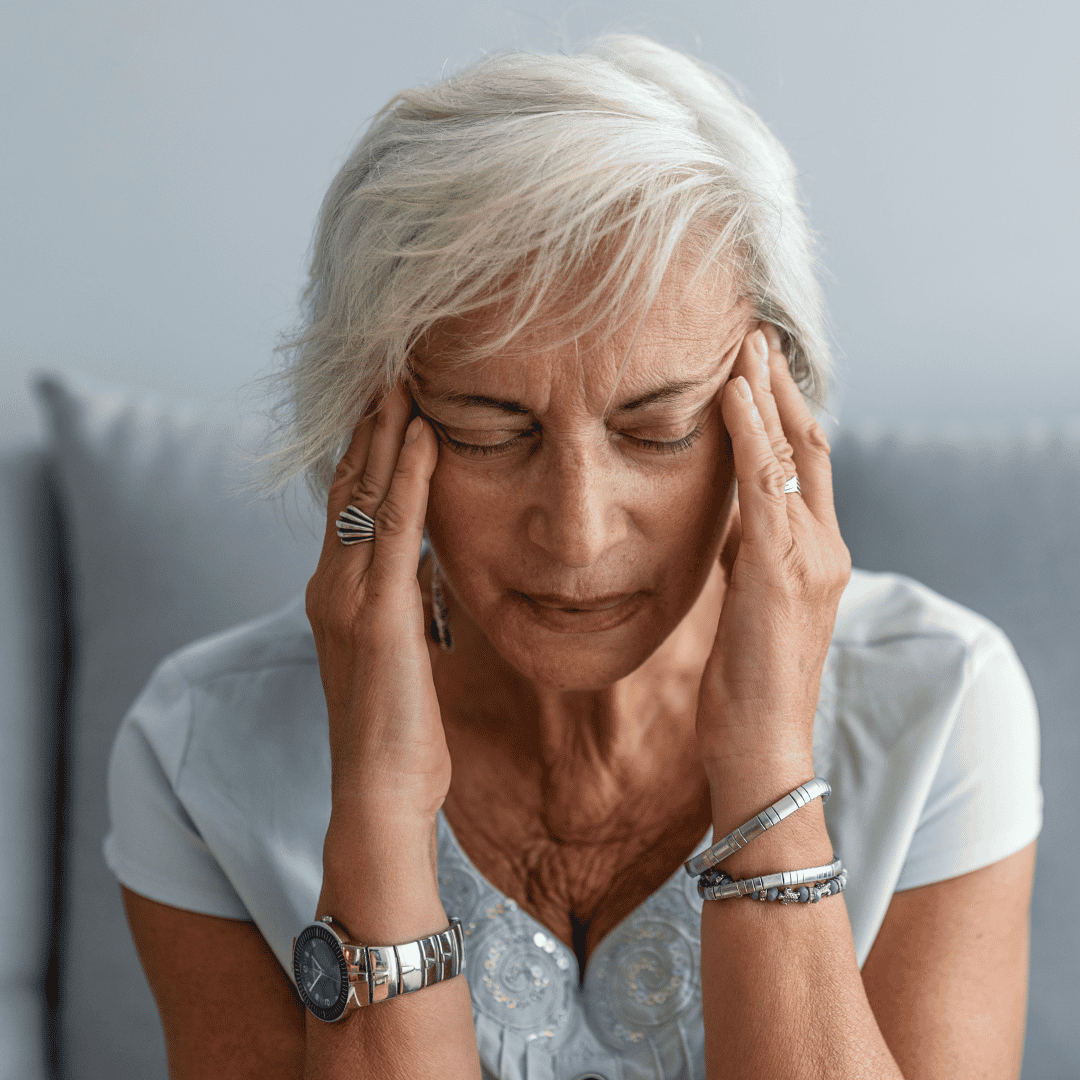
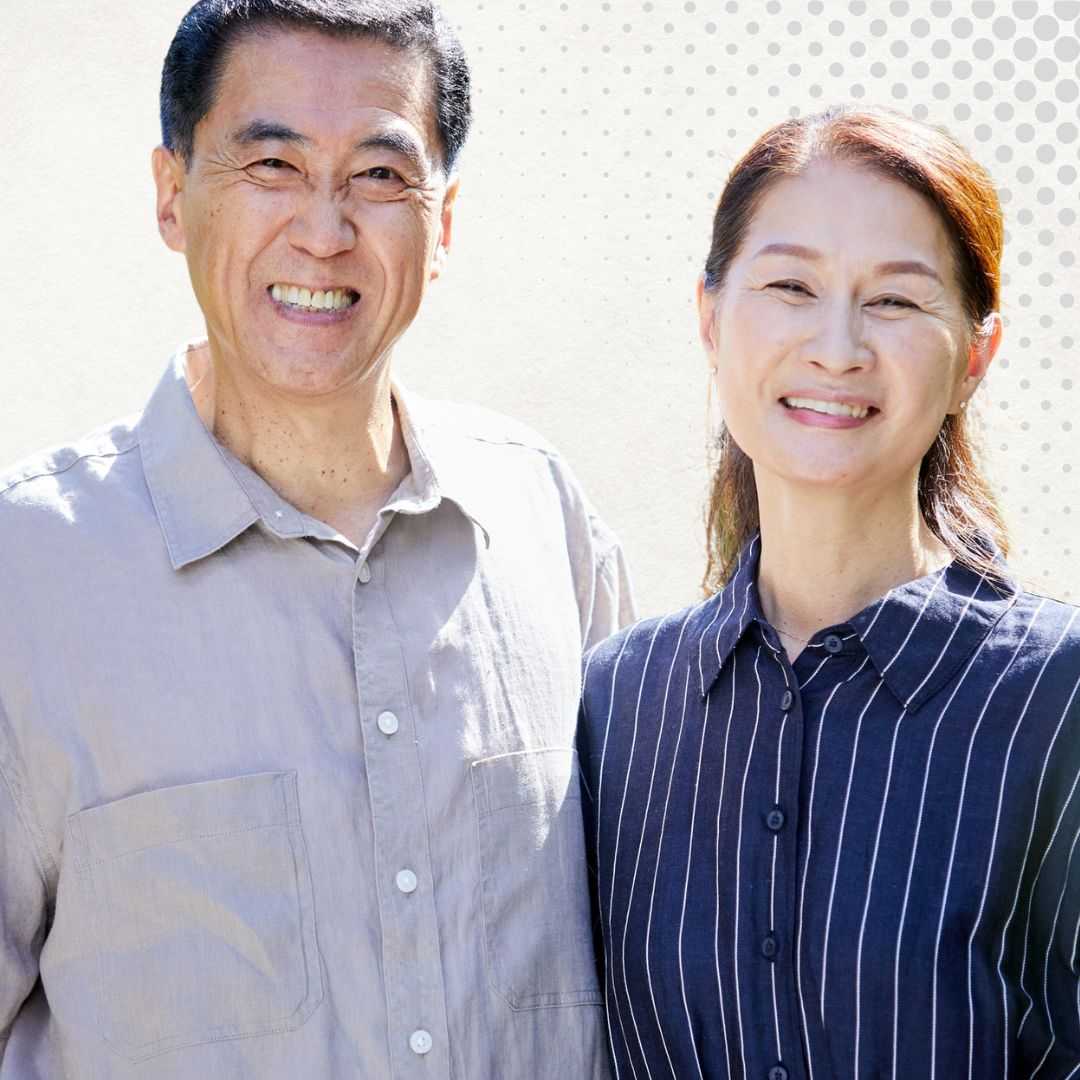
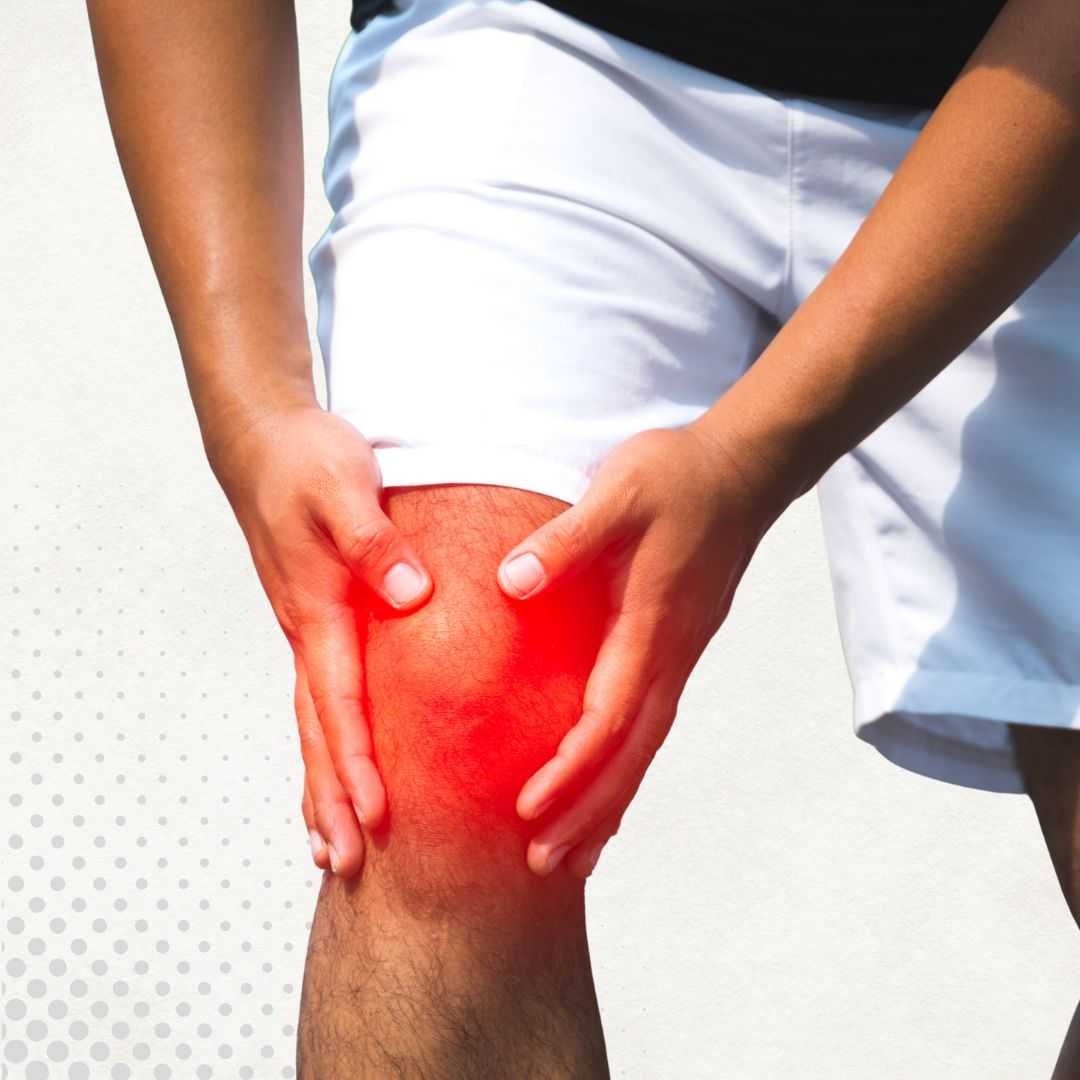


.png)
.png)
.png)
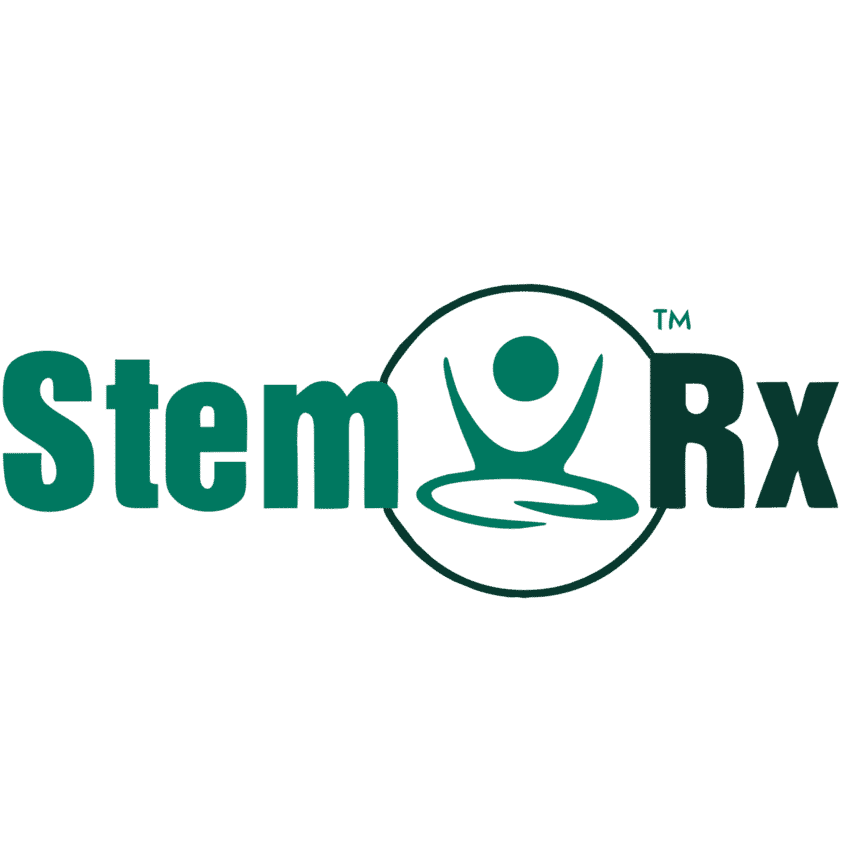
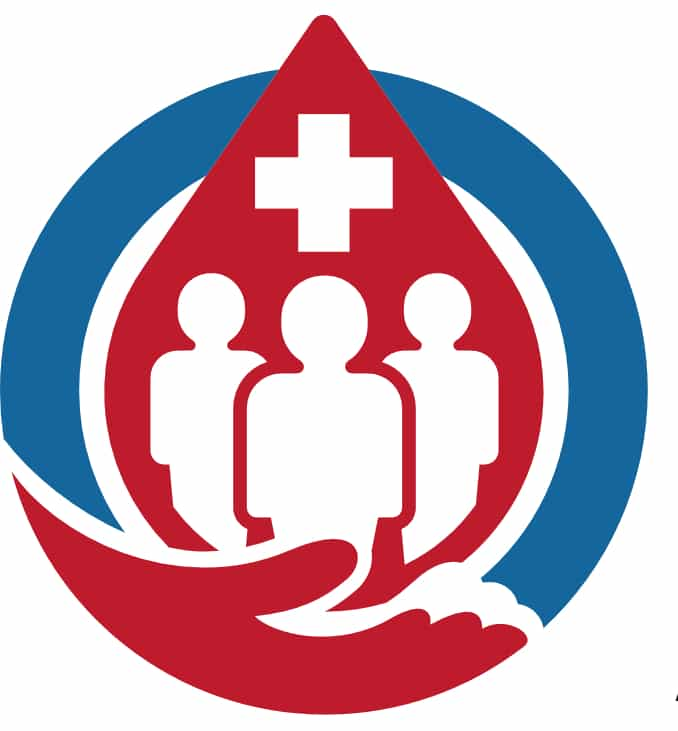
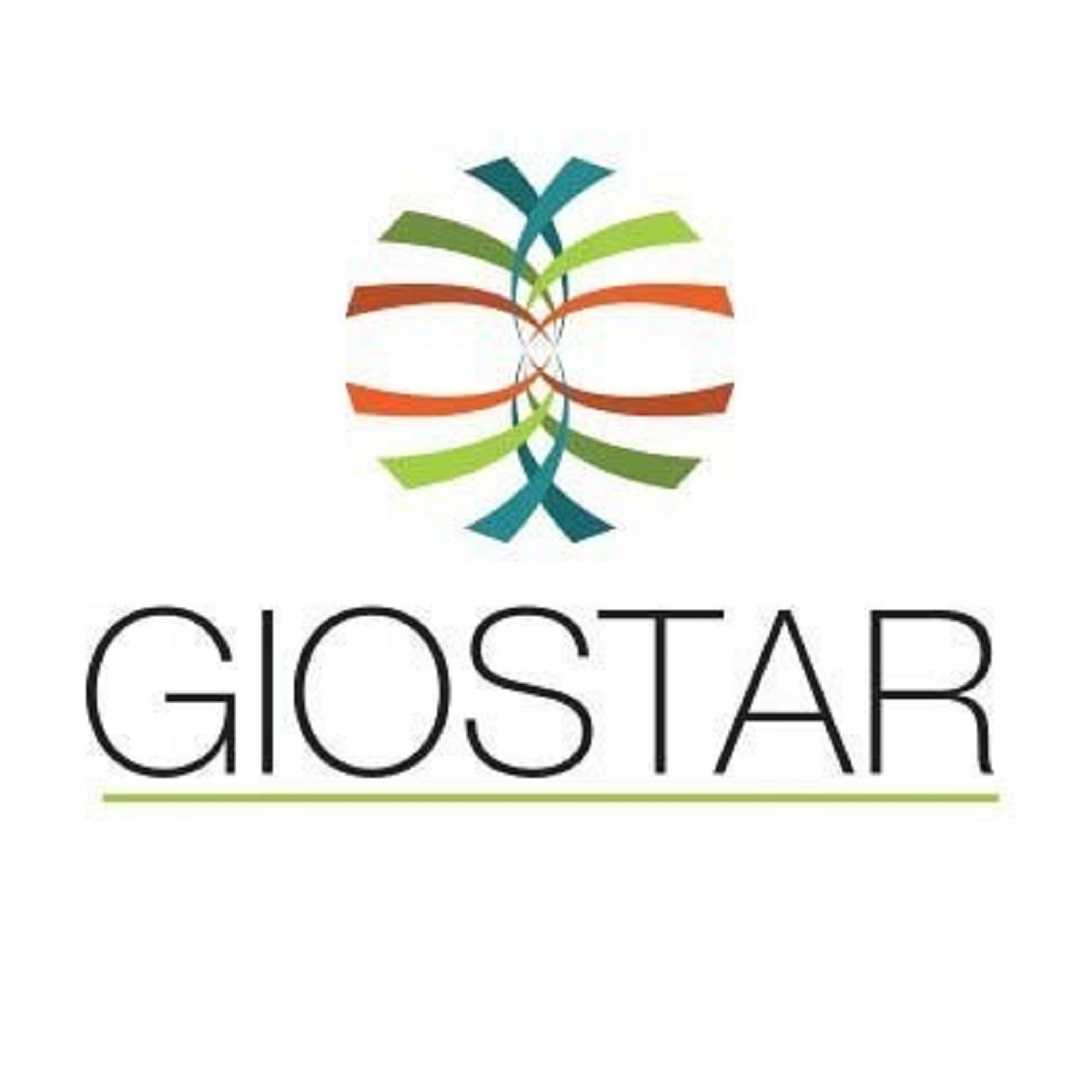
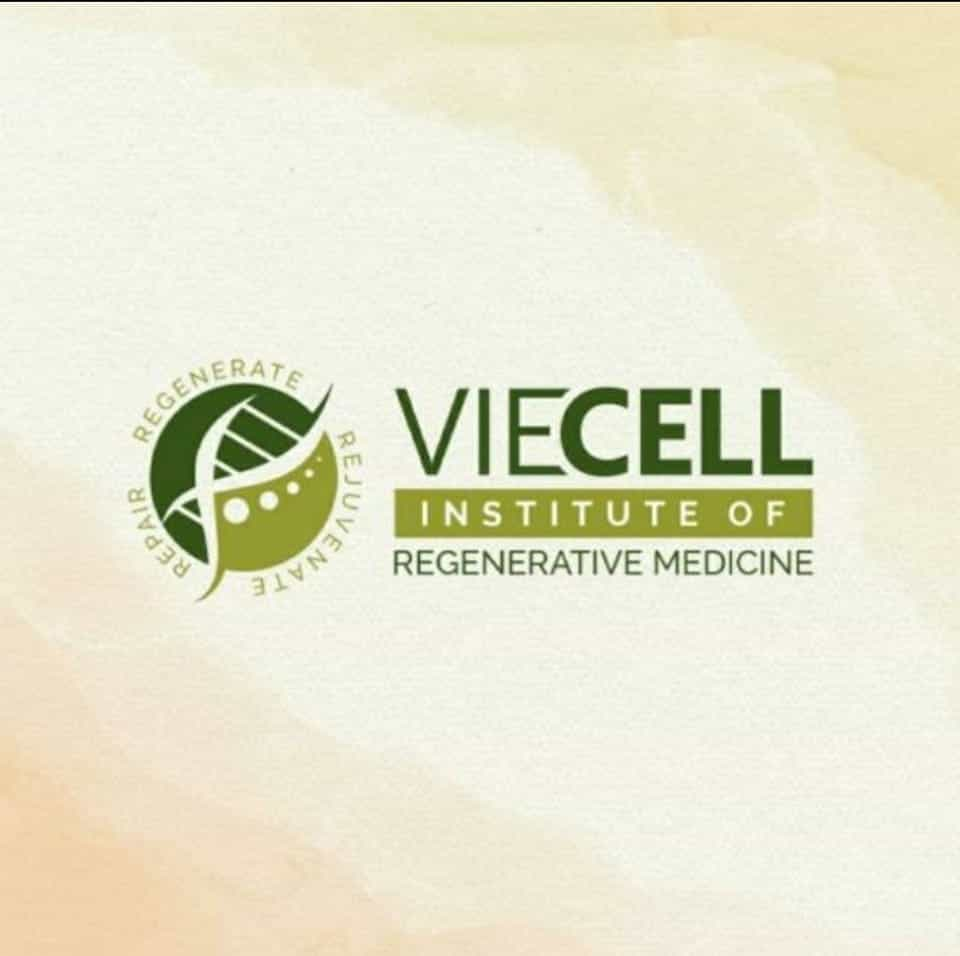


Share this listing